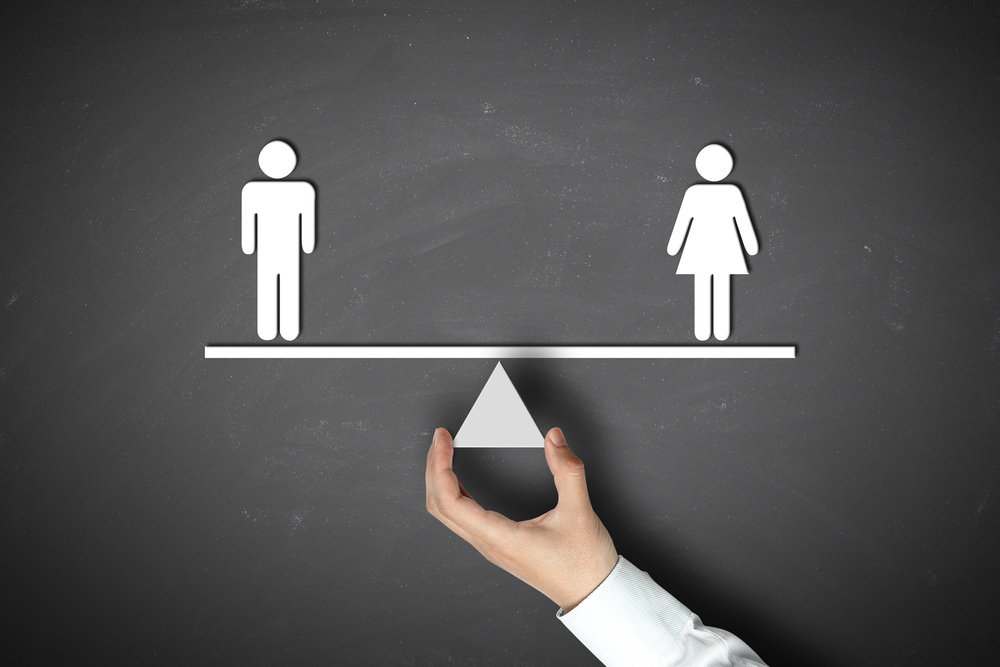Gender equality in the workforce is unlikely before 2050 at the current rate of change, a report suggests.
Consulting firm Mercer has found women around the globe are seeing slow progress in gaining gender and pay equality and are under-represented at all levels in the workplace and executive boardrooms.
“At this pace and rate of change globally, we won’t see any form of gender equality in the workforce till 2050,” Mercer’s Patricia Milligan said.
Although women make up 40 per cent of the average company’s workforce, they only represent a third of managers and 26 per cent of senior managers.
Currently only 20 per cent have risen to executive level because companies are slow to promote and install diversity.
The data is reflected in Australia, with Workplace Gender Equality Agency (WGEA) director Libby Lyons saying women made up nearly half the workforce, but were lacking in key management positions.
“In Australia, women are highly educated and make up nearly half the workforce, however just 27.4 per cent of key management personnel and 15.4 per cent of CEOs are women,” she told the ABC.
“The gender pay gap is still significant, at 24 per cent based on full-time total remuneration.”
Ms Lyons said women were much more likely to work part-time than men, yet there were few opportunities to progress to management roles while working part-time.
She said employers needed to offer more flexibility so women, and men, could meet their caring responsibilities while still progressing at work.
“Most importantly, we need real commitment to gender equality as a critical business issue at the highest levels of Australian organisations,” she said.
The Mercer report released on Wednesday, which covers 583 organisations representing 3.2 million employees in 42 countries, showed the number of women in jobs declines as the career level rises.
The report predicts Latin America is the only region expected to nearly reach equal gender representation in the workforce, rising from 36 percent in 2015 to 49 per cent by 2025, followed by Australia and New Zealand, the United States and Canada with 40 per cent of less.
Via ABC

Leave a Reply